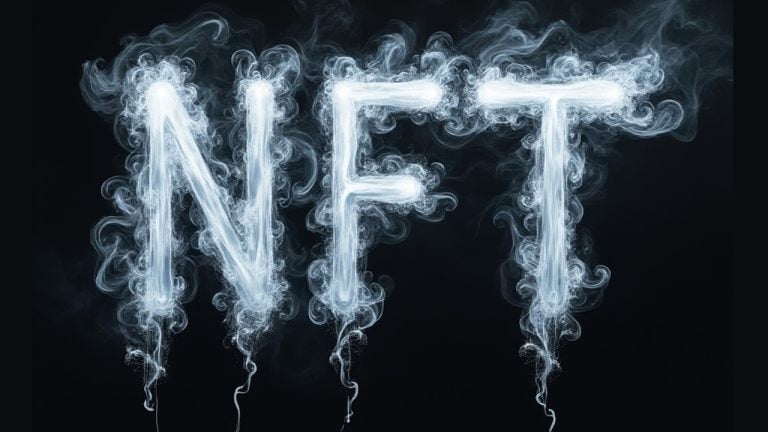ARTICLE AD BOX
Ted Hisokawa Oct 15, 2024 04:21
Together.ai introduces LoLCATs, a novel approach for linearizing LLMs, enhancing efficiency and quality. This method promises significant improvements in AI model development.

Together.ai has unveiled a groundbreaking approach to linearizing large language models (LLMs) through a method known as LoLCATs, which stands for Low-rank Linear Conversion via Attention Transfer. This innovative technique aims to create subquadratic LLMs from existing Transformers, offering a more efficient and expedited model acceleration process, according to Together.ai.
Overview of LoLCATs
LoLCATs builds upon recent advancements in AI model development by replacing traditional softmax attentions with linear alternatives. This swap is followed by further training to recover model performance, allowing for linear-time and constant-memory generation capabilities. This method has been successfully applied to the Llama 3.1 model family, including models with parameters ranging from 8 billion to 405 billion, all within the constraints of a parameter-efficient fine-tuning budget.
Methodology and Results
The LoLCATs approach simplifies the linearization process by implementing two key strategies: seamless attention swapping and cost-effective recovery. By training linear attentions to approximate softmax counterparts, LoLCATs minimizes the need for extensive retraining. The method also incorporates low-rank adaptation to fine-tune models without extensive parameter updates.
In testing, LoLCATs demonstrated significant improvements in zero-shot accuracy, outperforming other subquadratic models and matching the original Transformer-based LLMs on various tasks. The approach reduced linearizing costs by training less than 0.2% of the parameters required by previous methods and using only 40 million training tokens—a substantial efficiency gain compared to traditional methods.
Implications for AI Development
The introduction of LoLCATs represents a major leap forward in the field of AI, particularly in the development of efficient and high-quality LLMs. By leveraging linearized attentions, the technique not only reduces computational costs but also democratizes access to advanced model development, enabling researchers with limited resources to experiment with large-scale models.
Moreover, LoLCATs facilitates the creation of state-of-the-art subquadratic LLMs from existing models, bypassing the need for extensive pre-training on massive datasets. This approach aligns with the growing interest in optimizing AI models for efficiency without compromising on performance.
Future Prospects
Looking ahead, the capabilities unlocked by LoLCATs could lead to further advancements in AI model development. The potential to generate more complex and nuanced responses could enhance the quality of open-source models and broaden the applicability of AI across various domains. As the AI community continues to explore the possibilities of linearizing models, LoLCATs positions itself as a pivotal tool in the ongoing evolution of LLMs.
Image source: Shutterstock








 English (US) ·
English (US) ·